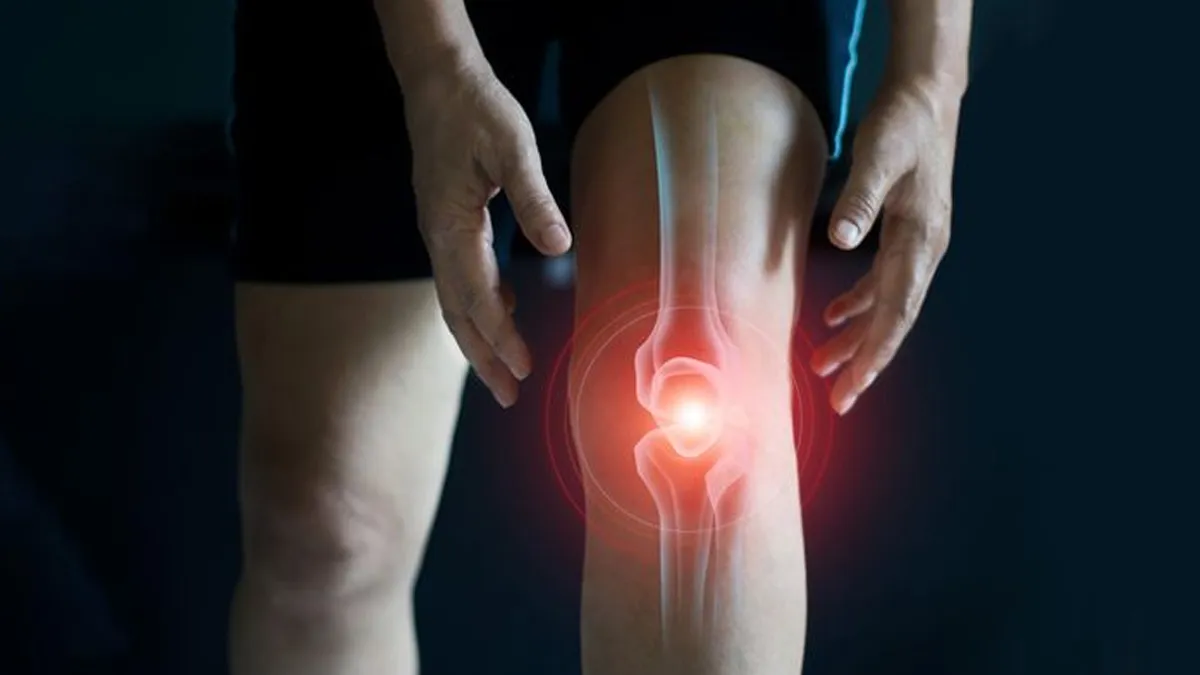
Indian researchers have made a significant leap in the treatment of Rheumatoid Arthritis (RA) with a revolutionary “self-actuating” drug delivery system. This cutting-edge approach aims to provide more effective and long-lasting relief while minimizing side effects, marking a potential game-changer for millions battling this chronic autoimmune condition.
Table of Content:-
Understanding Rheumatoid Arthritis and the Need for Innovation
Rheumatoid Arthritis (RA) is a debilitating autoimmune disease that primarily affects the joints, leading to inflammation, swelling, stiffness, and pain. Unlike osteoarthritis, which occurs due to natural wear and tear, RA is caused by the immune system mistakenly attacking the joint lining (synovium). Over time, this inflammation can cause permanent joint damage and disability.

Currently, RA treatments rely heavily on systemic drug administration, meaning the medication circulates throughout the body. While effective in controlling inflammation, this approach comes with several drawbacks, including:
- Frequent dosing due to rapid drug clearance from inflamed joints.
- Significant side effects from prolonged medication use.
- Systemic toxicity affecting organs beyond the joints.
Also Read: FDA Greenlights Clinical Trials For Groundbreaking Pig Kidney Transplants In Humans
Recognizing these challenges, Indian scientists have developed an advanced targeted drug delivery system that releases medication only when needed, reducing unnecessary exposure to the rest of the body.
How the Breakthrough Drug Delivery System Works
Researchers at the Institute of Nano Science and Technology (INST) Mohali have engineered a smart drug delivery system that responds directly to the biochemical signals of inflammation in RA-affected joints. Here’s how it works:

- Microspheres Loaded with Methotrexate: The system utilizes specially designed microspheres carrying methotrexate, a widely used anti-rheumatic drug.
- Inflammation-Activated Release: Unlike conventional treatments that release drugs continuously, these microspheres sense the inflammatory environment in the joints and release the medication only when necessary.
Also Read: Groundbreaking Vaccine Trials Initiated In Uganda To Combat Ebola Outbreak
- Polymer-Lipid Hybrid Composition: The formulation consists of polymer-lipid hybrid micro-composites, with Soya lecithin (lipid component), ensuring high drug encapsulation efficiency, and Gelatin (polymer component), providing responsiveness to Matrix Metalloproteinases (MMPs)—enzymes that play a crucial role in RA-related inflammation.
- Prolonged Drug Retention: The system ensures that the medication remains in the affected joints for an extended period, reducing the need for frequent doses.
This innovative method enhances drug effectiveness, minimizes side effects, and eliminates the need for frequent injections, offering a safer and more efficient treatment alternative for RA patients.
Potential Impact on Rheumatoid Arthritis Treatment
The findings, published in the journal Biomaterial Advances, highlight the transformative potential of this drug delivery system. Some of the key advantages include:
- Targeted Treatment: Medication is released only when inflammation is present, reducing unnecessary exposure.
- Fewer Side Effects: Systemic toxicity is minimized, preventing damage to other organs.
- Long-Lasting Relief: Improved drug bioavailability and retention in joints ensures prolonged effectiveness.
- Reduced Medication Burden: Fewer doses mean less dependence on frequent injections or oral medication.
Bottomline
This breakthrough could redefine RA treatment, providing patients with a more effective and convenient solution. However, further clinical trials will be necessary to evaluate its safety, efficacy, and long-term benefits.
With continued advancements in nanotechnology and precision medicine, this Indian innovation could pave the way for next-generation arthritis treatments, bringing hope to millions suffering from chronic joint pain and inflammation. This revolutionary approach highlights India's growing contribution to medical innovation, proving that science and technology can work hand-in-hand to create smarter, safer, and more effective treatments.
Also watch this video
How we keep this article up to date:
We work with experts and keep a close eye on the latest in health and wellness. Whenever there is a new research or helpful information, we update our articles with accurate and useful advice.
Current Version
